Taking Measure
Just a Standard Blog
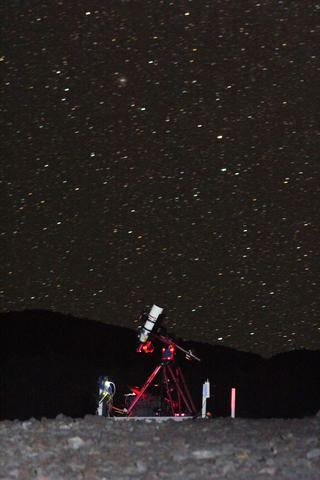
One of the unexpected rewards of working at NIST has been the opportunity to see other disciplines through the NIST prism of measurement science and standards. By working with NASA scientists, astronomers, oceanographers and geologists, I have had the opportunity to witness the lives of scientists in a variety of fields.
Often, my way of interacting with these researchers is by calibrating the sensors on their instruments. These calibrations help ensure that the instruments accurately measure the light and other electromagnetic radiation from objects the scientists are studying, whether it is the Pacific Ocean, a forest fire or a faraway galaxy. To calibrate these researchers’ sensors properly, we need reliable ways to measure light itself. My NIST colleagues and I are currently engaged in some cutting-edge efforts to make these measurements better than they ever have been. But before I tell you about the high-altitude NASA aircraft we use and the lunar observatory we are building, let’s talk about the earliest standard for measuring light output: the humble candle.
Among America’s first candle makers were Indigenous peoples of the Northwest. Beginning in the first century A.D., they made candles from a fish called the eulachon or “candlefish,” a type of smelt, by putting the dried fish on a forked stick and then lighting it. Candle development evolved over time. With the arrival of English settlers in the 1600s, colonial women began making sweetly scented wax candles with bayberries. Over time, additional types of candles were developed, though none of them were consistent enough to serve as standards. Then in the late 18th century, people invented the first “standard candle” that burned brighter than any candle before it by using spermaceti wax, a pearly white waxlike material found in the head cavity of the sperm whale. The Standard, or International, Candle became a measurement of light source intensity. In 1860, the English adopted the definition of candlepower as a one-sixth-pound candle of sperm wax, burning at the rate of 120 grains per hour. Incandescent lamps replaced candles to provide a standard for the intensity of light in 1921; developments continue to this day.
Concurrently, the definition of the brightness of a light source transitioned from the candle to the candela, a scientific unit for light. Nowadays, all the world’s basic measurement units, including the candela, can be expressed in terms of constants of nature. NIST was involved in this redefinition of the International System of Units (SI). Today’s measurements, including those involving light, are more accurate than ever before, because they can be tied to the new SI.
In the last decade, NIST has returned to the business of “candles,” but with all the modern knowledge and capabilities that the last century has brought to us. Instead of the earthly candles of old, we turned to the stars and the Moon as our luminous objects of choice. Not only do these modern candles shed new light on the cosmos, but they can also increase the accuracy in satellite measurements of everything from the weather to crop yields on farms.
Our foray into modern candle making was pioneered by the late Keith Lykke, a research chemist, my former group leader and an amateur astronomer. We based our approach on the fact that 20th century astronomers realized that stable, well-understood stars can act as “candles” in the sky. The brightness of these “standard candles” can be used as a reference to make important astronomical and cosmological measurements, from the distances to other galaxies to the age of the universe.
For what was then known as the NISTars program, we identified a set of stable stars to be our standard candles. From mountaintop observatories we started making measurements of an important quantity in the stars known as irradiance, essentially the amount of energy they radiate every second that hits each square meter of a detector on Earth. Being a measurement science institution, we then did the NISTy thing of tying our irradiance measurements to the SI. These calibrated stars, with known spectral irradiances tied back to primary standards in our lab, are standard candles for the 21st century with a host of potential applications.
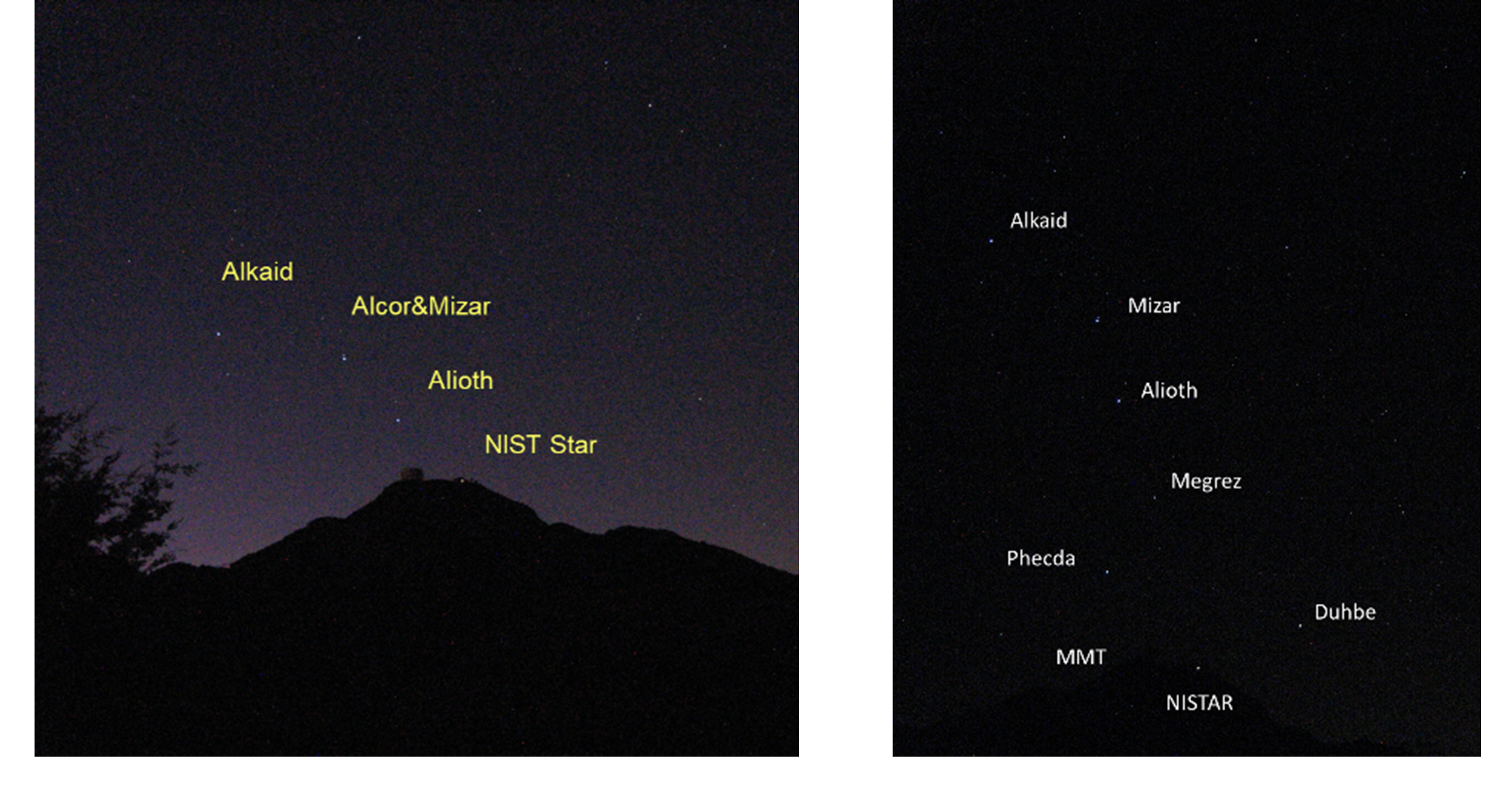
The original NISTars measurements were made from the Fred Lawrence Whipple Observatory on Mount Hopkins in southern Arizona. We focused on measuring two stars: α-Lyr (Vega), 25 light-years away, which is the primary astronomical calibration star upon which all stellar irradiances are based; and Sirius, which is 8.6 light-years away and the brightest star in the night sky. Sirius is almost twice as bright as Canopus, the next brightest star. To calibrate our telescope, an artificial star was created at the Multiple Mirror Telescope (MMT) facility on the top of Mount Hopkins by placing an incandescent lamp inside an optical component known as an integrating sphere. By adjusting the electrical current to the lamp, we can vary the amount of light from our artificial star. We then measured the amount of light emitted from our star from a site lower on the mountain that served as a calibration source for NISTars telescopes. As an example, we adjusted the intensity of our star to match the intensities of the stars in the Big Dipper. The figures above show NIST’s artificial star along with stars that form the Big Dipper in the background. The figure on the left shows the shadow of Mount Hopkins with the MMT at the summit; the figure on the right was taken later in the evening with the NIST star more clearly observable.
Keith passed away suddenly in the spring of 2016, but the project continues. We are moving the NISTars system to the Paranal Observatory located in northern Chile. The observatory is located in the Atacama Desert, the driest nonpolar desert on Earth, offering some of the best astronomical seeing in the world.
Though not used in the typical astronomical sense, the Moon also functions as a celestial standard candle. The proportion of sunlight that is reflected from the lunar surface, known as its reflectance, is extremely stable. Because the amount of light reflected by the Moon depends on the area illuminated by the Sun, models are used to predict the amount of light that illuminates a sensor for a given measurement configuration and time of the year.
Measurements of the Moon are regularly made by a wide variety of satellite sensors to evaluate how their respective systems are changing in time. Thus, the brightness of the Moon serves as an important reference that helps calibrate satellite images and ensure the satellites provide accurate information on everything from cloud cover to the intensity of a wildfire. Unfortunately, the uncertainties in current lunar models are too large for future satellites to rely on the Moon as the only reference object they need to calibrate their sensors.
To fix this problem, two complementary projects are underway at NIST to help fully establish the Moon as an absolute SI-traceable calibration target for use by satellite sensors measuring properties of the Earth. One project is the airborne-Lunar Spectral Irradiance (air-LUSI) project. Our multi-institution team built an instrument that measures the lunar irradiance from an ER-2, a high-altitude NASA aircraft that operates out of their Armstrong Flight Research Center in Palmdale, California. During flights, the air-LUSI instrument makes measurements of the lunar irradiance above 95% of the Earth’s atmosphere.
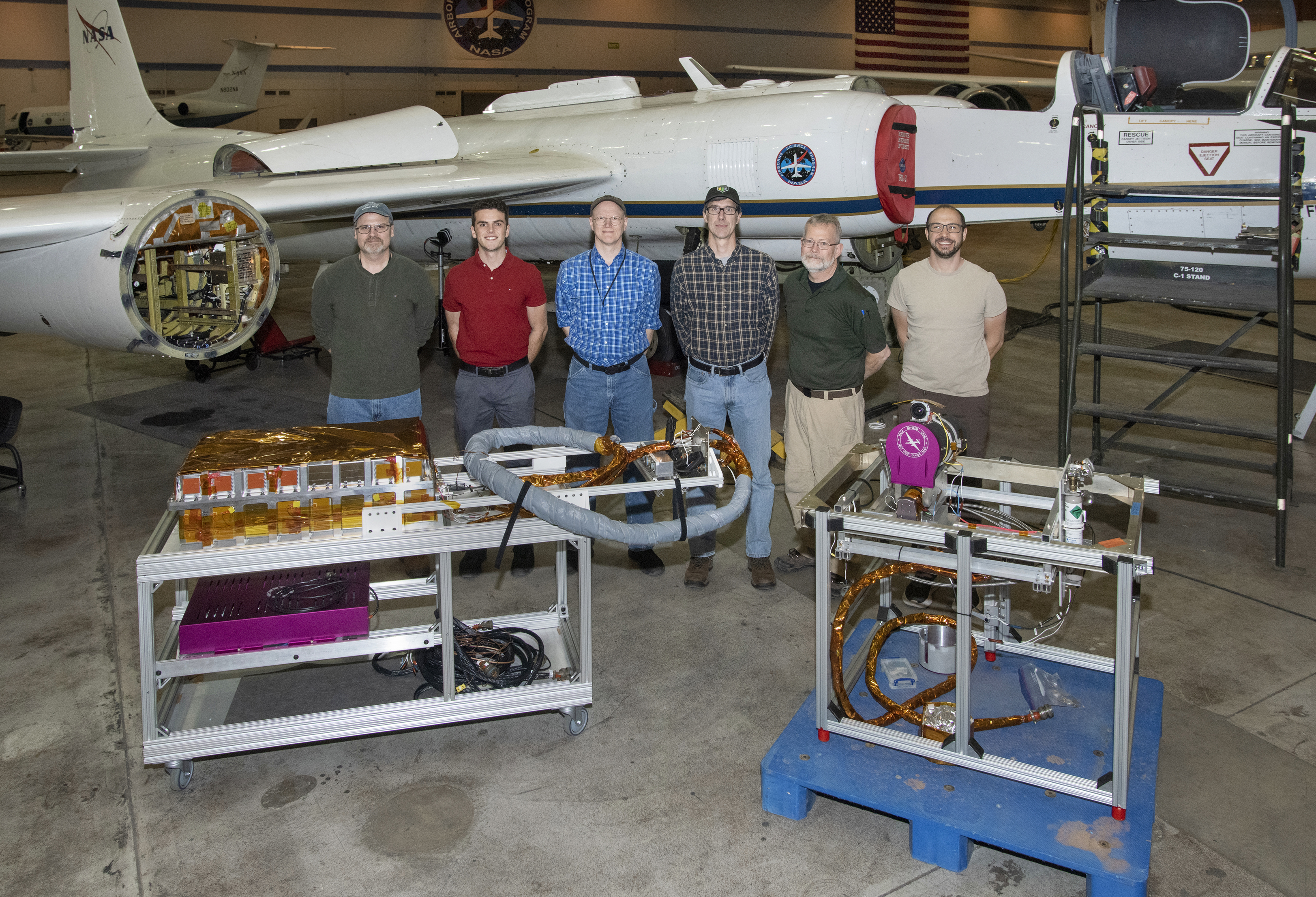
In case there are any issues that come up during takeoff or landing, each takeoff and landing is recorded from a chase car. Speeds can rise above 160 kph (100 mph) as the car follows the aircraft down the runway. We were invited to sit in the chase car when our instrument was on the ER-2. It was very exciting following the takeoffs; even more exciting during landing as the plane flew just above the chase car as it was landing.
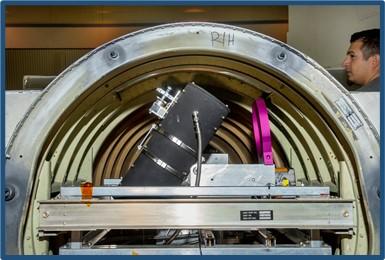
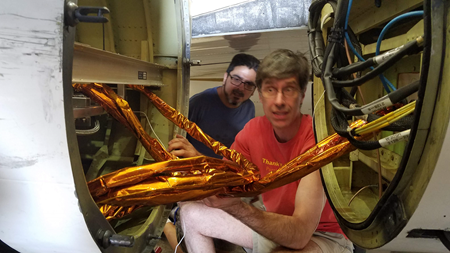
For the second project, a small NIST team (Steve Maxwell and John Woodward) is building a lunar observing system known as the Mauna Loa Observatory Lunar Spectral Irradiance (MLO-LUSI) on the Hawaiian volcano Mauna Loa. MLO-LUSI will make nightly measurements of the Moon’s spectral irradiance, with air-LUSI measurements providing complementary data that are less affected by the atmosphere.
The plan is to merge our measurements with those from other U.S. and European agencies to create an amalgamated dataset to support a new, low-uncertainty lunar model. Once the new model is developed, we believe it will stand the test of time, helping the Moon become a standard candle that will be used to calibrate satellite sensors for centuries to come.
About the author
Related Posts
Comments
This article is very informative and thoughtfully written. I appreciate how the author explains the topic clearly and systematically, making it easy for readers to understand the key points while gaining valuable insights that can be applied in real situations.
This article is informative and clearly written for readers. I appreciate the logical explanations and professional tone that help readers understand the topic easily while gaining useful insights for learning and practical application.
This is a well-crafted article that delivers valuable information clearly and effectively. I enjoyed reading it and learning something new.






I see the light !